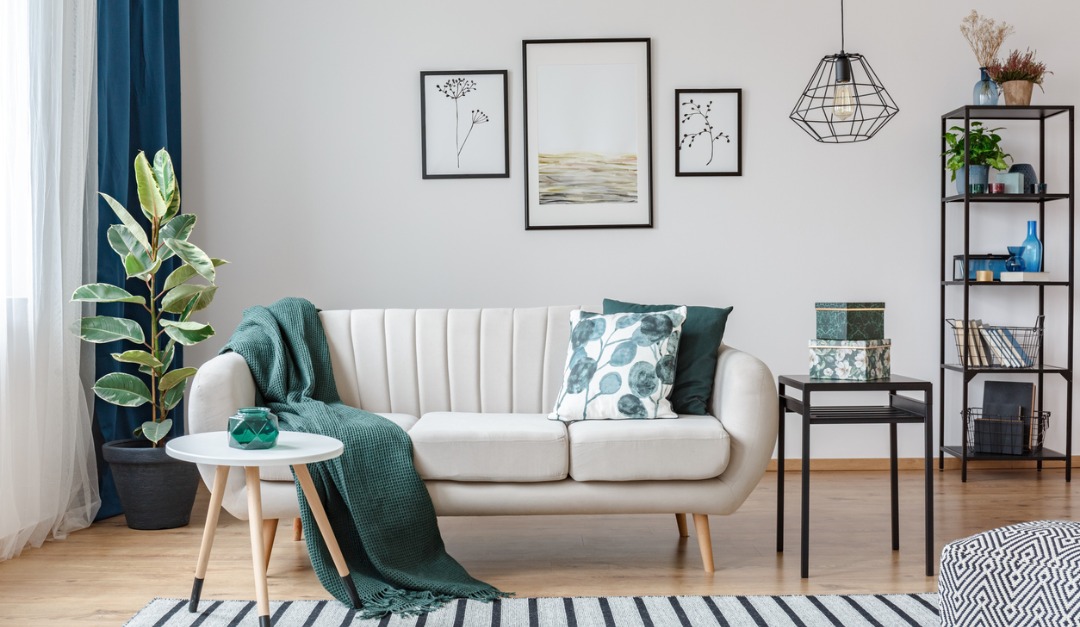Two words widely used in interior design are modern and contemporary, which sound like interchangeable synonyms, but really have different meanings. What’s confusing is that they have some traits in common along with others that set them apart.
Thespruce.com defines modern design as representing an era that’s passed, while contemporary design is all about the present and the future. Both styles share common characteristics—clean lines, simple uncluttered spaces and artistic flair. But they differ in the following ways:
Modern design began in the early to mid-1900s, when society was excited by inventions such as the skyscraper, jet aircraft, the space program, the cross-country highway system and major scientific advances, such as antibiotics and polio vaccine. The most popular modern concept is mid-century modern, when post-World War II housing was revolutionized by the low-slung ranch-style suburban home. Modernism departed from traditional comfy elements like ruffled curtains and overstuffed chintz chairs and embraced space age simplicity, sleek furniture with exposed legs, geometric lines and wood accents. Colorful abstract art was juxtaposed against warm earth-bound colors. It’s a great motif for anyone who wants a recognizable design scheme.
Contemporary design began in the 1970s as postmodernism rose in popularity. It is not tied to a specific era but borrows from past movements such as art deco and modernism, as well as adopts new ideas, building materials and technology, resulting in an eclectic living space. It’s an ideal choice for the homeowner who enjoys change and likes to stay ahead of new trends.








